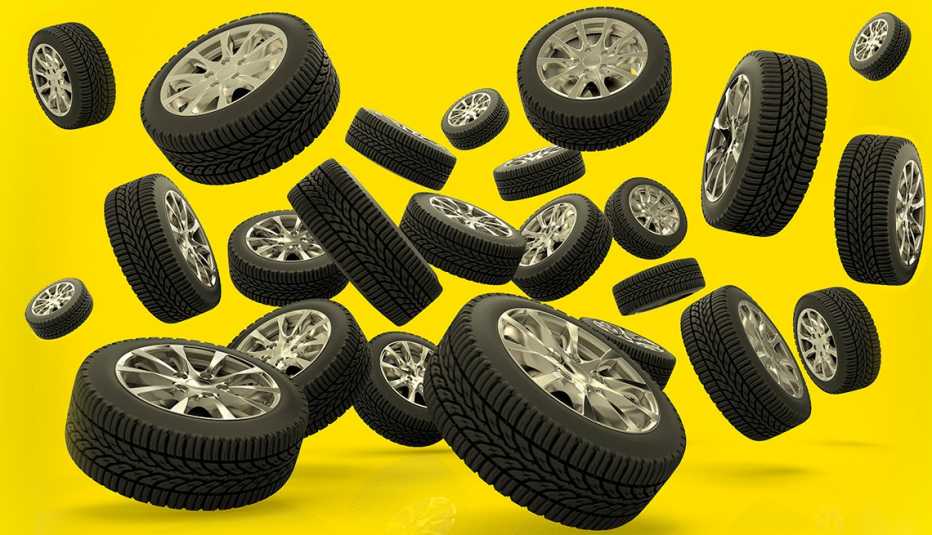AARP Hearing Center


If you bought a new car recently, you might have been bewildered by the lack of a spare tire. Over the past 10 years, the inclusion of full-size spare tires in new vehicles has decreased nearly 50 percent. Here's how to make sure a flat doesn't leave you stranded.
Stick Figures
Time was, most Americans could drive a "four on the floor." Now, not so much
<4% Sales of new vehicles with a manual transmission in the U.S.
43% Decline in number of vehicles offered with a manual transmission option in the U.S. since 2006
47% Vehicles manufactured with a manual transmission globally
Upgrade to a run-flat tire
Run-flats work like standard tires but will survive a puncture for a short period and at a reduced speed. You can find them from about $80 to more than $600 apiece, depending on the tire you need.
Keep a tire repair kit in your car
Repair kits, which patch a small hole to keep a tire inflated, are found more commonly in cars lacking a spare. A can of sealer costs around $10, and full kits, which have an air compressor to inflate the tire, cost $20 to $80.
Make sure you have roadside assistance
If this isn't included in your warranty or insurance, you can sign up for it through AAA. AARP also makes plans available to its members through Allstate.





























































More From AARP
Quiz: Are You Taking Good Care of Your Car?
Find out how to keep your vehicle in tip-top shape